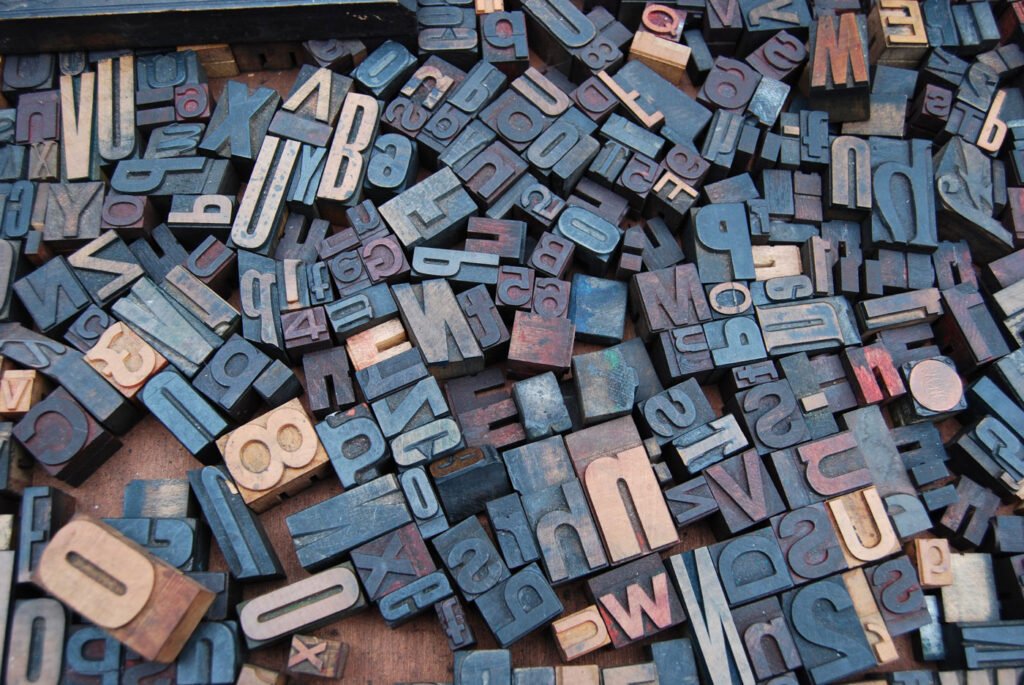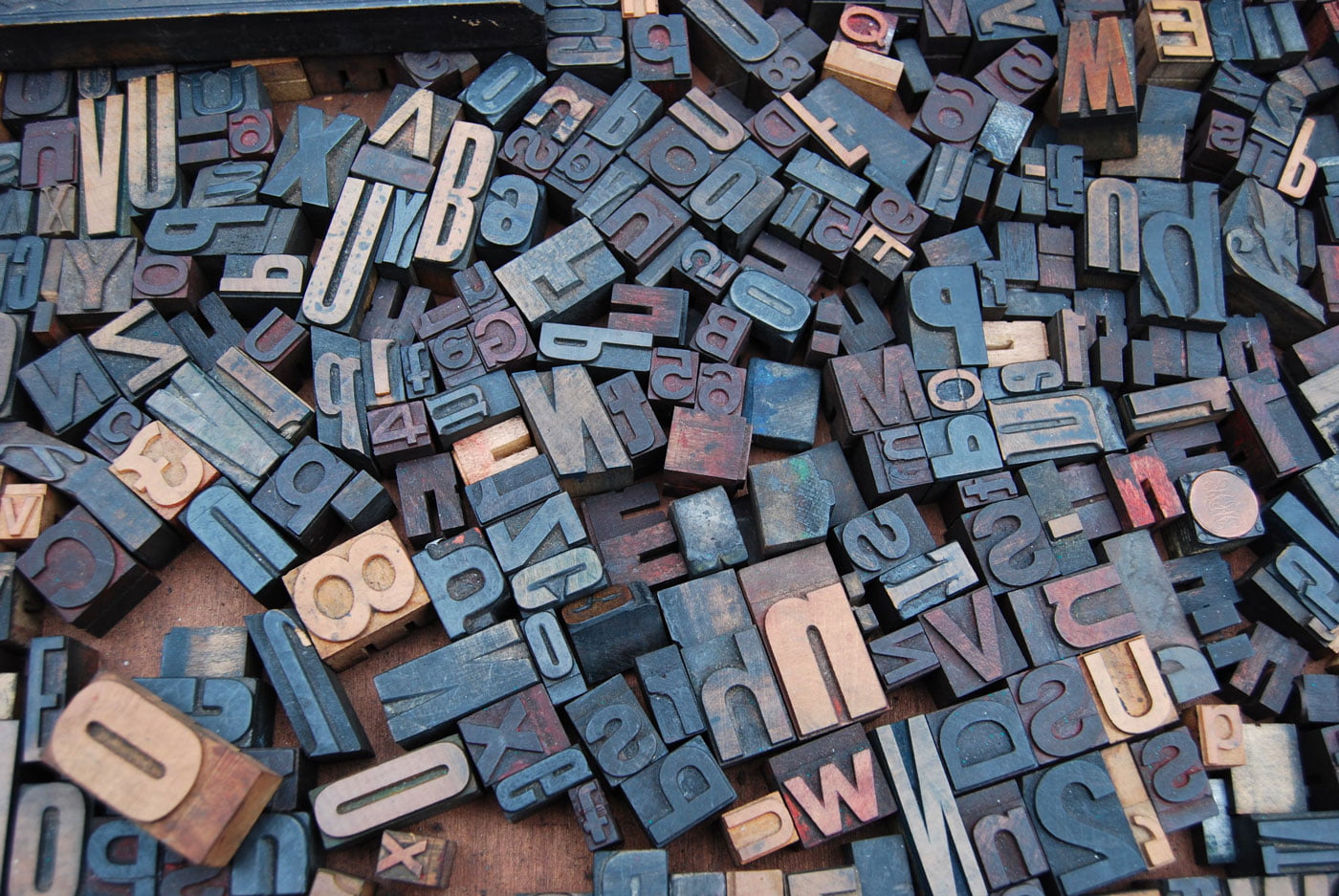World of printing
Ink meets paper, and design merges with reality; typography plays a pivotal, albeit often underestimated, role. Typography is more than just selecting fancy fonts; it is an art form and a science that can make or break a printed piece. In this blog post, we will explore the significance of typography in the printing industry and how it can transform a simple sheet of paper into a captivating and effective communication tool.

1. First Impressions Matter
In the printing industry, as in life, first impressions matter. Typography is often the first thing a reader notices when encountering a printed piece. The choice of typeface, size, and style can instantly convey a message, set the tone, and grab the reader’s attention. Whether it’s a bold headline that commands attention or a subtle serif font that evokes tradition, typography shapes the reader’s initial perception.
2. Readability and Clarity
One of the primary functions of typography in printing is to ensure readability and clarity. A well-chosen typeface and proper formatting make it easy for readers to consume the content. Factors like line spacing (leading), line length (measure), and kerning (letter spacing) can significantly affect how smoothly the text flows and how easily it can be understood.

3. Visual Hierarchy
Typography helps establish a visual hierarchy within a printed piece. Headlines, subheadings, and body text should each have a distinct typographic treatment to guide readers through the content. Using type, size, weight, and style creates a sense of importance and order.
4. Branding and Identity
Typography is crucial to a brand’s identity in the printing industry. Consistency in font choices across various printed materials, such as business cards, brochures, and packaging, reinforces brand recognition. The right typography can evoke emotions and align with a brand’s values, influencing customer perception and loyalty.
5. Print Material Functionality
Different printed materials serve various functions, from informative brochures to eye-catching posters. Typography needs to adapt to the intended purpose of the printed piece. For instance, a magazine might mix serif and sans-serif fonts to balance elegance with modernity, while a restaurant menu may opt for script fonts to convey a sense of warmth and hospitality.
6. Color and Typography Integration
The interplay between color and typography can elevate the impact of a printed piece. Color choices in typography can evoke specific emotions or highlight essential information. The use of high contrast between text and background ensures legibility.

7. Attention to Detail
Typography in the printing industry demands meticulous attention to detail. Correct font choice, alignment, and spacing are essential to maintain a polished and professional appearance. A small typographic error can appear prominently in print, giving an unfavorable impression.
8. Adaptability to Medium
Typography should be adaptable to various printing methods and substrates, whether traditional offset printing, digital printing, or large-format printing. Typeface selection and formatting must consider the specific characteristics of the printing process to achieve optimal results.
Printing industry
Typography is the silent hero that wields tremendous influence over the final product’s aesthetics, functionality, and effectiveness. It’s not just about choosing fonts; it’s about understanding the nuances of type and using them to create visually compelling, readable, and memorable printed materials. Typography transforms mere words on paper into impactful messages that resonate with readers and leave a lasting impression. So, the next time you hold a beautifully printed piece, take a moment to appreciate the artistry and significance of the typography that brought it to life.






